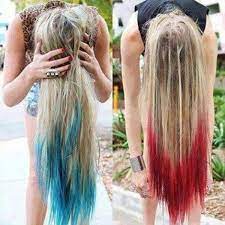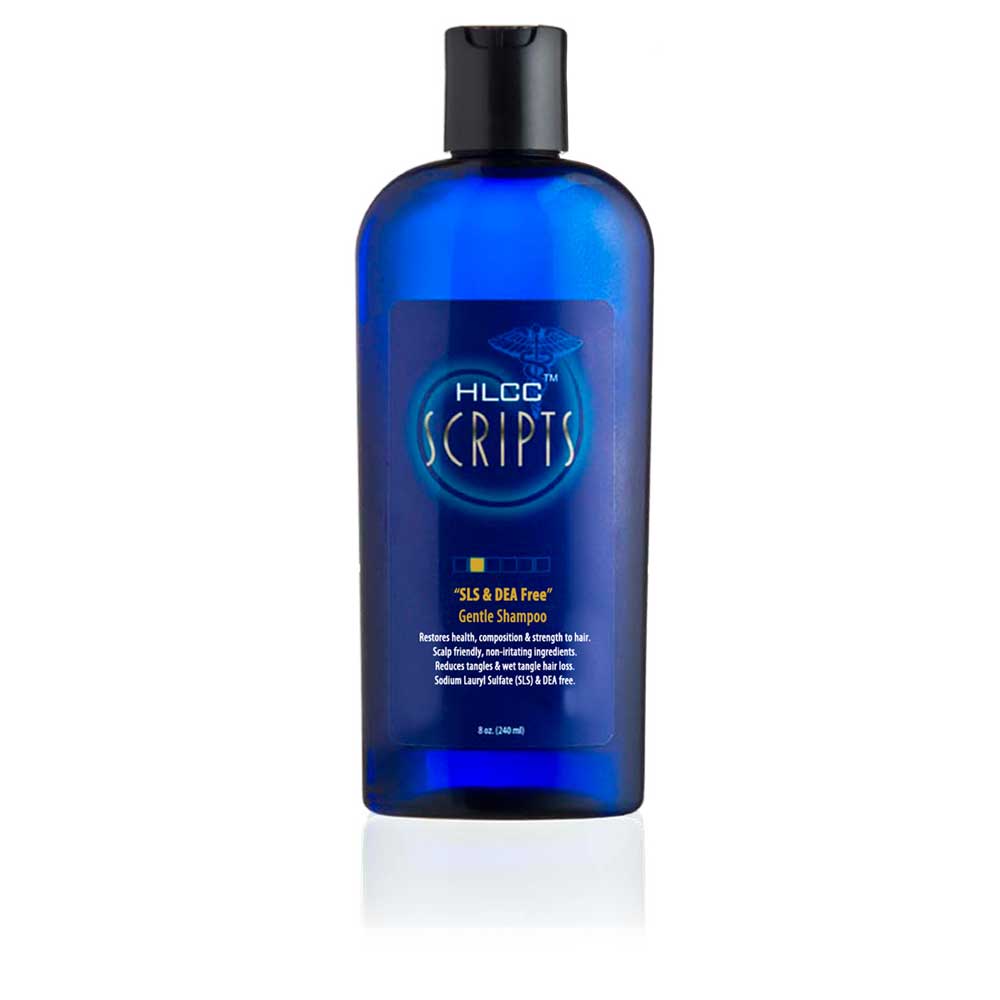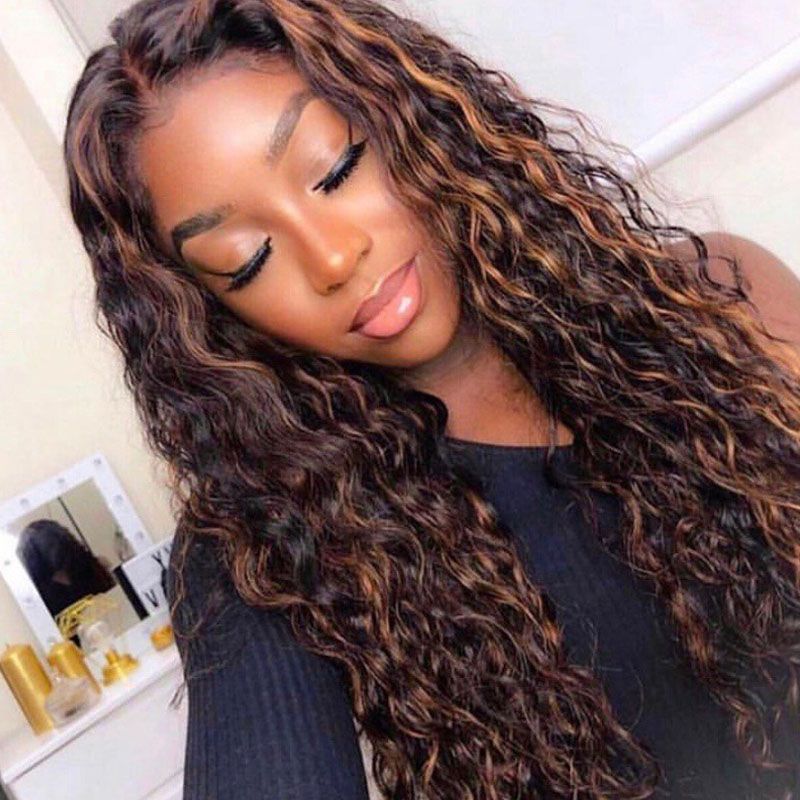
Coloring hair can make an incredible statement about yourself. From daring hues to classic balayage techniques, we have expert tips from the Good Housekeeping Institute Beauty Lab on achieving stunning results that turn heads.
For Blonde or Lightened Locks
Chamomile tea is a great option to achieve the best results for blonde or lightened locks. For more effective coverage of grays, steep two cups of rhubarb root in two cups of water for 10 minutes and then rinse thoroughly.
For Brunette or Dark Locks
For brunette or dark locks, rosemary, nettle, and sage are natural alternatives to traditional hair dyes.
Natural Hair Dye
When dyeing your hair, it is wise to do it as healthily as possible. Traditional hair dyes contain chemicals linked to asthma, allergies, rashes, and even cancer at high exposure levels. Natural alternatives such as beet juice and henna offer natural hues. Henna is an age-old method of coloring hair using leaves from the henna plant. Depending on the ingredients added, it produces deep shades ranging from red-orange through chestnut to deep blue-black. It is advisable to consult a professional who understands curly or coiled hair structure when dyeing with natural products to avoid damage and ensure the right hue for your complexion.
Chemical Hair Dye
Many hair dyes utilize ammonia to open the cuticle and prepare it for permanent coloring. However, these dyes often contain harmful chemicals such as toluene, resorcinol, ethanolamine, and lead acetate, which have been linked to severe health issues. Look for organic, natural, or vegan dyes made with minimal ingredients, and avoid harsh chemicals like formaldehyde and parabens. Follow the instructions provided when mixing your paint with the developer.
At-Home Hair Dye
At-home hair dye can be a convenient way to update your look without visiting the salon. Conduct a patch test and read all instructions carefully before proceeding. Choose an at-home permanent hair color without paraphenylenediamine (PPD) to minimize the risk of allergic contact dermatitis. Use Vaseline or a thick moisturizer to protect the skin before applying the dye. Be specific when choosing a shade, and use foils as barriers between different sections of hair to avoid unattractive lines.
Salon Hair Dye
Professional salon coloring offers the best way to maintain vibrant hues while minimizing damage. Ensure your workspace is prepared, and use color-protecting shampoo and conditioner to keep vibrant hues. Avoid excessive heat that can speed up fading.
Although many salons have their proprietary color lines, most are manufactured by the same companies that produce drugstore brands. So, even if you love your stylist, they could use a product you could find at your local drugstore.

